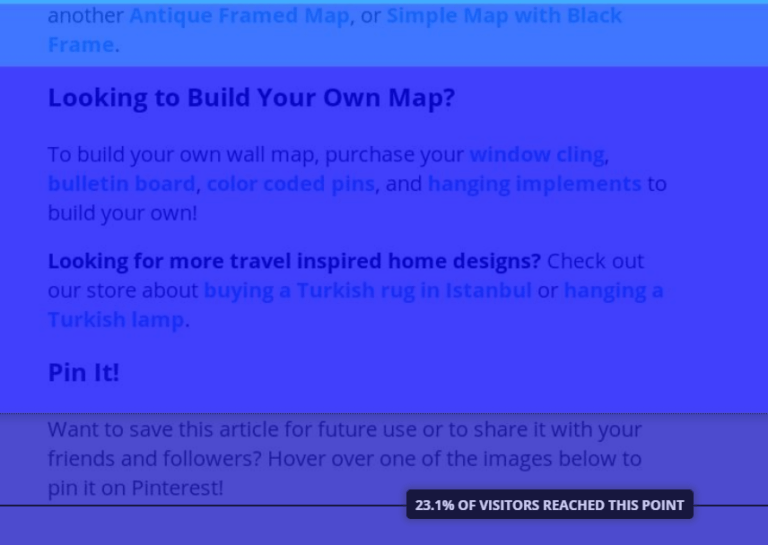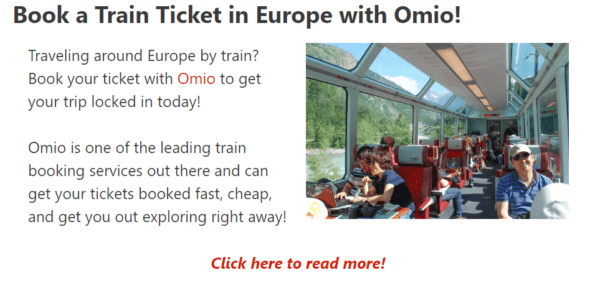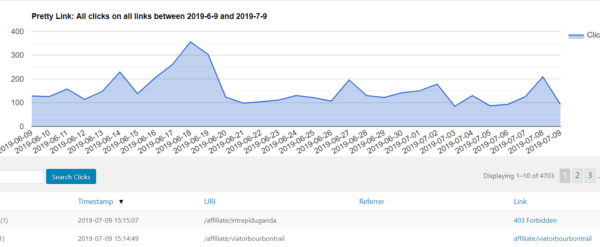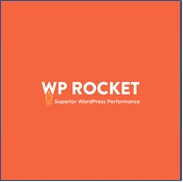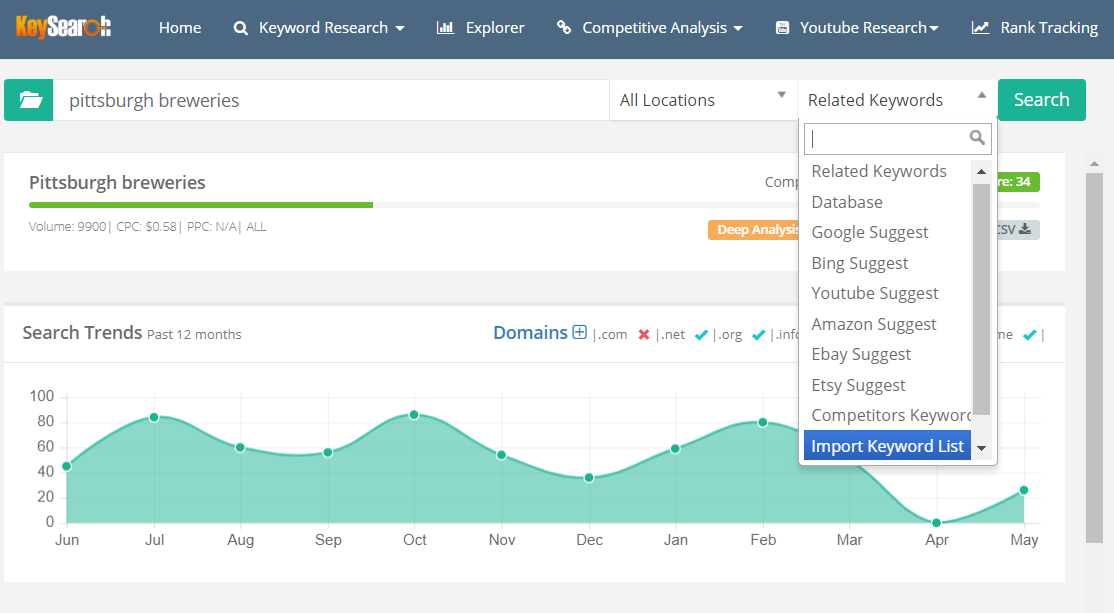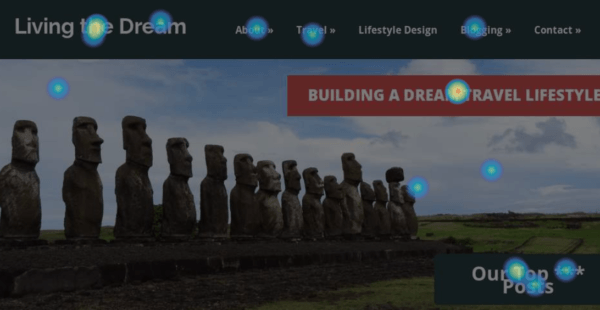Published by Jeremy. Last Updated on December 15, 2020.
Disclaimer: This Week in Blogging uses demographic data, email opt-ins, and affiliate links to operate this site. Please review our Terms and Conditions and Privacy Policy.
Affiliate marketing is a tough nut to crack, and I would know.
Three years ago, in my 9th year of blogging, I was barely making $100 per month on affiliate marketing, despite having over 150,000 monthly page views on my two sites combined ($0.66 on an RPM, revenue-per-1000, basis).
After many months of testing, optimizing, re-optimizing, and learning about best practices, I've overhauled my process to consistently make $1,500 to $2,000 per month in affiliate marketing on 225,000 monthly page views ($6.66 to $8.88 on a RPM basis- over a 10x increase!).
During this process, I learned the reason why my affiliate marketing sucks, and realized it is the reason why most blogger's affiliate marketing sucks. So today, I wanted to share more about this, and give the three biggest lessons learned in the entire process- whether you're a beginner looking for how to start affiliate marketing or are a bit more advanced and want to increase your earnings.
The Reason Your Affiliate Marketing Sucks
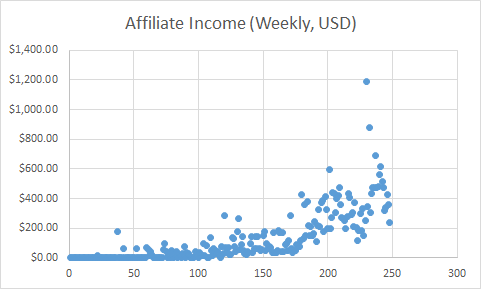
The reasons your affiliate marketing sucks is actually quite simple- you're taking the spaghetti on the wall approach.
Most bloggers think successful affiliate marketing is throwing up affiliate links, waiting for some clicks, and then hoping those will generate some sales.
It is not strategic. It is not planned. It is simply the thought that adding affiliate links into articles should convert sales. It doesn't work this way.
We've tested a number of affiliate scenarios on our sites, be it through different companies, different link placements, different article types, and we've found only three real “truths” to affiliate marketing. I use “truths” in quotation marks here because, like everything, this is also tied to our niche (travel).
So while I could write an entire post about how simply throwing links into articles and hoping for the best is a bad practice, I really want to dive down into three things that I've learned that you really should be doing if you want your affiliate marketing to start converting.
Write Affiliate Oriented Content
With the intro above, I shouldn't have to say it again (but will). Simply adding affiliate links into existing posts will not convert sales on their own in most markets.
This has to do with the concept of the sales funnel. A sales funnel focuses on the various stages of the buying process from initial research to being committed to making that final sale. In some markets, like fashion, the funnel can be quite small as affordably priced items can become impulse buys. In others, like travel, the sales funnel is quite large such that a reader may be planning a trip for more than a year before they make a single purchase.
Catch the reader at the early stages of the sales funnel, and even with a generous cookie for your affiliate program you'll likely never, ever see the sale despite, and I hate using this word, influencing the final purchase.
So, how do we fix this? We have to change the style of our content.
Instead of destination or inspirational advice, which is often read towards the start of the sales funnel in travel, we must be more specific in picking topic ideas that are focused for people who want to buy now. Instead of hoping for a hotel sale in your post about things to do in X, consider writing a post that is X Hotel Review or even Where to Stay in X as well.
The person who Googles things to do in X is looking for ideas of what to do, but could be on a timeline of days, weeks, or months away from doing it. The person who Googles where to stay in X is most likely looking to make a purchase. Help them out, and you will make more sales.
These terms may have smaller search volume shown in things like Keysearch. But in affiliate marketing, I'd rather write to 500 people a month looking to make a purchase now than 10,000 people a month who have no interest. (Likewise, hyperfocused articles are often easier to rank for in search engines- win!)
We do this in a number of our articles, be it through hotel reviews, tour reviews, insurance reviews, blogging product reviews, etc. and have found that a significant portion of our affiliate sales come from providing valuable insight into things people are already wanting to buy a very specific product.
Help out people looking for a reason to make the purchase, and affiliate sales follow.
Customize Your Footer Prompts with Strategy in Mind
Being strategic in your affiliate marketing content is only half the battle, because there is still a time and a place for a general approach- specifically at the end of your articles. I say this not to take away from the first point, but as a complement to it.
Think about the user flow when they get to the end of your article. What do you want them to do next? Common answers to this are either I don't know, read another post, or share. But I take a different hierarchy.
My hierarchy is simply 1) buy something or 2) read another post.
The reason for this is because if you're going to leave my site, I want it to be somewhere you can buy something I earn a commission from. If you're not shopping, then I don't want you to leave. A sale from an affiliate link may make me anywhere from $3 to $300, whereas an extra click may make just $0.03. Naturally, I prioritize a sale insofar as I can convert at least 1 out of every 100 clicks.
As such, I've structured my footers to display my affiliate content first and read another post second, and I've done two important things that helped increase our outbound clicks from there.
First, I display my prompts seamlessly at the end of any given article. Rather than call out a new h2 tag, or separate them via an image, the share bar, or something else, I have designed it to be run-on with the end of the content (via AdInserter). This should be visible at the end of this post.
I do this because I ran a heatmap test with a service called HotJar to learn more about what links users click, and what percentage of users read through my articles all the way. What was most interesting from this test was that I found that as soon as a reader thinks an article is over (via a visible share bar, footer segment, or what have you), our readership dropped 20% between that first segment and the second.
So, if your first footer segment is “read more posts,” and the second is your affiliate prompts, odds are good you're losing a solid percentage of people before they even see your affiliate content at all (which for us on 200,000+ page views a month is more than 40,000 people!). That is a lot of potential sales.
By removing any sort of header or graphic that signifies the end of a post, we were able to increase the views of our footer affiliates and the segment immediately following it (a read more posts block) which then resulted in more outbound clicks.
Second, we further used AdInserter to make each footer prompt custom based on the category or tag of the post!
Yes, our footer is set up to display content based on whether you're looking at an article about blogging tips (this one), gorilla trekking in Uganda, camping in Antarctica, lifestyle design, Europe, or more thanks to the display logic function in AdInserter.
In doing this, we can only show affiliates targeting Europe (train tickets) in Europe posts. We can do this for posts all about Antarctica and only show affiliates regarding Antarctica tours. In high-end destinations we do this for hotels. In difficult or dangerous destinations, we do it for insurance. Likewise, we can also make global changes to each prompt in one save (admittedly, it was quite time consuming to set up).
We aren't being as highly specialized in the prompts here as we are with the custom content mentioned in our first point, but if readers are at the end of our article we don't have much to lose. Finding out what works was simply playing the odds and optimizing through iterative testing.
Over time, we've found that instead of “book a hotel,” we can recommend three specific hotels in the Seychelles in Seychelles content, or a specific tour, or insurance and see more clicks and subsequent sales on a country-to-country level.
Remember, this is your last chance to make a sale. So why not take the moment to remind your readers of last-chance items they may need to buy? The more you can customize this to your reader's needs (as we do via AdInserter), the more clicks you will get, and the more clicks you get the more sales you'll potentially convert.
Which brings us to our last point, it really still is a numbers game.
Affiliate Marketing is Still a Numbers Game
Finally, I want to briefly speak about data science for just a bit, because affiliate marketing is still a numbers game.
At the end of the day, if you simply insert affiliate links, see you're not making sales, and call it a failure, you may be doing yourself a disservice and looking at it all wrong.
The absolute best-case scenario for conversion rate we've seen is less than 10%. That means that for every 10 or so clicks, we may make just one sale. These occur in hyper-focused articles, typically dedicated product reviews, and are 100% targeted to people looking to make a purchase with said company right now. In these instances, all we are doing is either inserting ourselves in between them and their credit card or giving the user the final nudge to make the purchase they've been meaning to do anyway.
This instance assumes your copy and audience is damn near perfect.
For those who are throwing affiliate links up in generic fashion and hoping for the best, your conversion rate may be less than 0.5%. This means that for every 1,000 clicks, you may make 5 sales if you're lucky. We've seen conversion rates in our testing as low as 0.1%. Our footer prompts are like this, and we hope to convert on volume rather than a more strategic content approach as mentioned above.
So, at its core, affiliate marketing is a bit of a numbers game, specifically, how many clicks to you need to generate consistent sales? This is the number of clicks you need to perform any test and be able to rely on the data, and naturally trends to larger and larger audiences the more generic the prompt.
If you can get your content in front of the right audience, you still need to get 10 to 100 clicks in order to make a sale and track the data. If you are taking a very generic approach, make that 1,000.
So, we have to ask, are you getting 10 clicks on every link? 100? 1,000? This is important to know because if you can't consistently measure your clicks and conversion rate, as most bloggers do not / cannot, you'll have no idea how your affiliate marketing is doing to begin with.
In many cases, you simply are not getting enough clicks to have enough reliable data unless you're looking at it over a period of months or years. If you fall into this category, working on an affiliate marketing strategy is still like throwing spaghetti on the wall. You may be doing things right and not know it. You may be doing things wrong and also not know it. All the data will be a mess until you can paint a clearer picture.
So in many cases step one will be to work on your setup in order to get more clicks. Then rework those again in order to try and optimize sales either via link types, the business featured, better copy, or a combination of it all.
This is why we treat our affiliate marketing like one big test. Simply throwing links out there will not work, and you need to take a strategic approach all the way from the topic of the article to the business, landing page, and more. Once you start doing this, you can start getting an idea of what really works, and once you know that you can work to replicate it again and again and again to grow your earnings.
Don't do any of these and, well, we simply cannot help you make money via affiliate marketing. So get started today!
We Love the Pretty Links Pro Plugin Too!
Looking for a tool to track link clicks? We use Pretty Links Pro– a fabulous link cloaking and tracking plugin!
Not only does this service offer click tracking, but it also lets you make global affiliate link changes in a separate dashboard and also cloaks ugly links to make them look like they're from your site. The latter is especially important as services like CJ are notorious for making ugly links that look like spam (reducing your clickthrough rate), and link cloaking via Pretty Links lets you restructure them using your domain as the link itself (so instead of a jumbled mess, the link can be yourdomain.com/affiliate/x- our structure which also includes an added disclosure).
If using this program, keep in mind that some affiliates do not allow for link cloaking (Amazon is a big one) and we recommend reading T&Cs for any program before cloaking your links.
Our outbound clicks shot up when we replaced all our links with custom ones from this plugin, and helped us earn even more from our affiliate offering!
Overall, while affiliate marketing is indeed still a numbers game, we wanted to highlight a few things that we did to supercharge our outbound clicks, work on targeting the right audience, and measure our data just a bit better. By doing this odds are good you'll see an improvement in your conversions, which at the end of the day means more money!
Have an affiliate marketing tip you want to share? Comment below!
Join This Week in Blogging Today
Join This Week in Blogging to receive our newsletter with blogging news, expert tips and advice, product reviews, giveaways, and more. New editions each Tuesday!
Can't wait til Tuesday? Check out our Latest Edition here!
Upgrade Your Blog to Improve Performance
Check out more of our favorite blogging products and services we use to run our sites at the previous link!
How to Build a Better Blog
Looking for advice on how to improve your blog? We've got a number of articles around site optimization, SEO, and more that you may find valuable. Check out some of the following!



